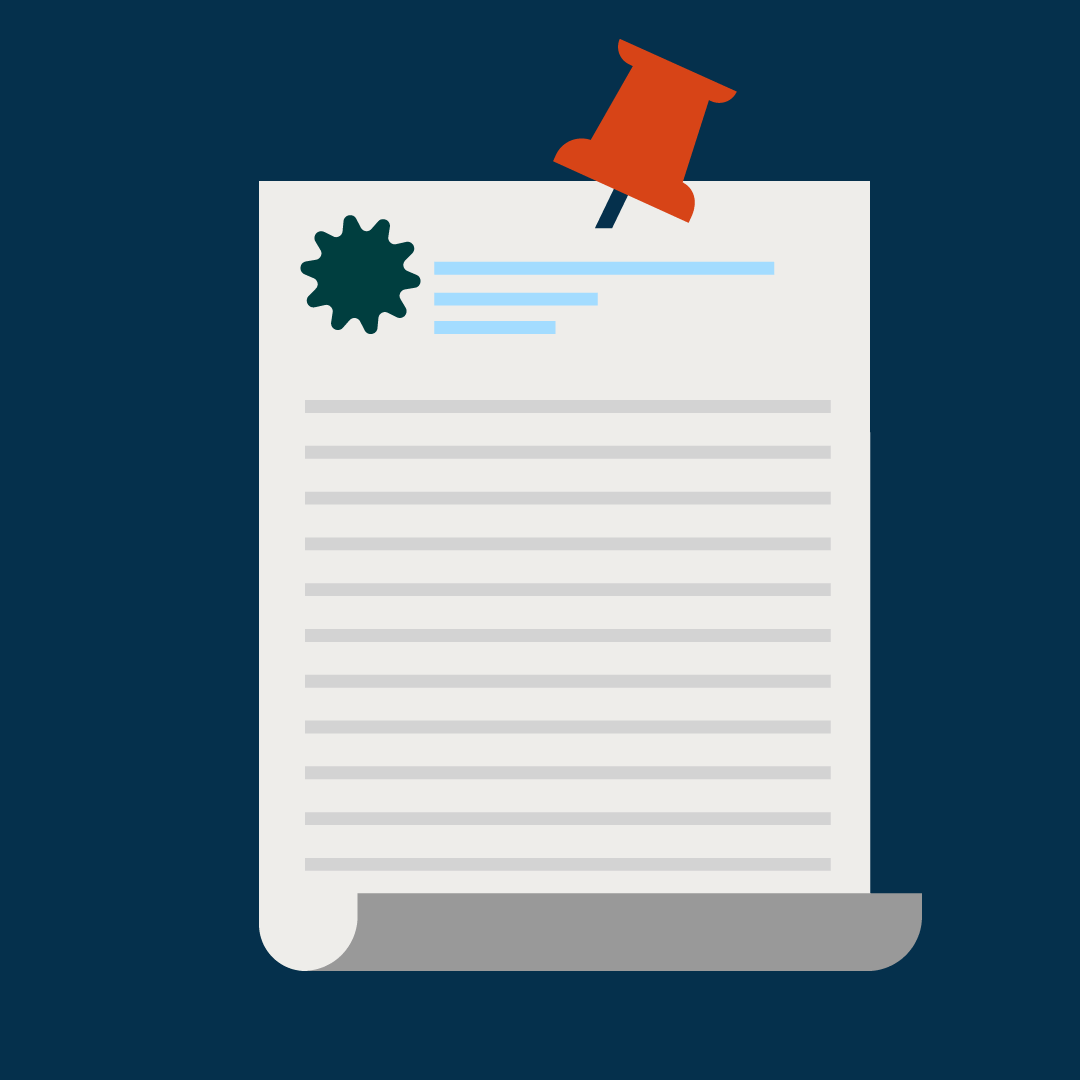A memorandum of law or legal memorandum typically outlines the legal issues in a case and the lawyer’s assessment of that situation concerning the law. Legal memo templates help standardize document formats. The best templates will provide a framework to ensure all necessary details are included in the document.
Legal document drafting software, such as Clio Draft, helps to easily create legal memo templates, reducing room for error and making the process easier than ever (book a demo here to learn more).
What is a legal memorandum?
A legal memorandum, also known as a legal memo, is a written document that presents a lawyer's analysis and assessment of a legal issue or case. It outlines the relevant facts, identifies legal issues, applies relevant laws and precedents, and provides conclusions or recommendations. Legal memorandums are often used for internal purposes to guide legal strategy or prepare court submissions, ensuring thorough and well-reasoned legal analysis.
What is a legal memo used for?
Legal memos typically take one of three forms. Each one has a unique purpose depending on who the recipient is. These include:
- An in-house document.
- A letter to a client.
- A paper on legal policy.
Legal memos are critical for communicating research-based facts or noting significant information for courts, clients, and policy analysis, among other purposes. Legal memos also happen to be incredibly versatile. They’re not just for lawyers—all legal professionals should know how to draft legal memos.
Even though they can be casual, e.g., given from coworker to coworker, a legal memo is still a legal document and should be formal, professional, and formatted correctly. Follow our tips below for setting up a legal memo template.
Standard legal memo format: How to write a memo
A well-structured legal memorandum follows a consistent format to ensure clarity, professionalism, and effectiveness. Below is the standard format used in drafting legal memoranda:
Heading
The legal memo heading identifies the essential details of the memorandum:
To: [Recipient’s Name and Title]
From: [Author’s Name and Title]
Date: [MMMM DD, YYYY]
Re: [Brief Subject Description]
Issue presented
This section states the legal issue in a precise and neutral manner, outlining how the relevant law applies to the specific facts. It should avoid drawing conclusions and specify the jurisdiction where the matter is being examined.
Example: Under [applicable law], does [legal issue] apply when [specific facts] in [jurisdiction]?
Short answer
This portion provides a concise summary of the legal conclusion. It should be limited to a few sentences and should briefly reference applicable statutes, case law, and key facts supporting the reasoning.
Example: Yes. Under [statute/case law], [legal principle] applies when [key facts]. Courts in [jurisdiction] have interpreted this to mean [legal reasoning]. Therefore, [conclusion based on facts and law].
Facts
A neutral and well-organized presentation of relevant facts. This can be arranged chronologically or thematically, depending on what best conveys the necessary information.
Example: On [date], [client] took [specific action] in relation to [other party]. Prior interactions included [background details]. The dispute arose when [describe legal issue]. Relevant laws governing this matter include [statutes, contractual terms, case precedents].
Analysis
This is the most detailed section of the memorandum. It includes:
- Restating the material facts
- Identifying the governing legal principles
- Breaking the discussion into subsections based on legal topics
- Applying case law and statutes to the present situation
- Addressing possible counterarguments and differing interpretations
Each subsection should be logically structured and supported by legal authority. This section should offer a balanced perspective, acknowledging potential opposing arguments where applicable.
Conclusion
This section summarizes the legal findings and offers a reasoned prediction on how the issue is likely to be decided. It also includes recommendations for next steps or legal strategies.
Example: Given the relevant legal principles and precedents, it is probable that [conclusion]. However, due to [potential uncertainties or risks], further research on [specific aspect] may be beneficial. Recommended actions include [next steps such as further legal analysis, negotiation, or litigation].
4 reminders when writing legal memos:
- Plan and outline your memo.
- Avoid legal jargon when writing for clients. This may confuse them, impact their understanding, or simply isolate them.
- Be formal and professional in your language, but write plainly. There’s no need to use big words when a more conversational one will do.
- Always proofread! In fact, if it’s possible, have another colleague read and review your memo.
Legal memo sample
In most basic terms, a legal memo should include the date, who the memo is addressed to and who it’s from, and the basis for the memo.
The below format is a relatively simple and versatile legal memo template. However, note that depending on your practice area, you might choose to include specific details or fields in your firm’s template.
To: Harvey Specter
From: Mike Ross
RE: Defamation Case – Elizabeth W.
Date: Feb 14, 2022
Question: Were the statements made during a live television interview defamatory against the client, Elizabeth W.?
Brief answer: Probably yes.
There are two common sentences for the brief answer section of the legal memo: Probably yes, or probably no.
Statement of facts to support the answer: Yes, the interviewees provided false statements which were positioned as facts.
The goal of a statement of facts is to present factual information in a straightforward, easy-to-understand way.
Discussion: Examples of defamation can be noted at timestamps x, y, and z of interview when…
The discussion is the most thorough portion. This is where you expand on your brief answer to support your conclusion.
Conclusion: Here are all relevant and related rulings of the law which support logical recommendations.
Your conclusion should be more comprehensive than the brief answer but will be significantly shorter than the discussion section.
Legal memo template
To help you out, we have put together an internal memo template, below. You can download it and you can use as a starting point.
Just remember—a legal memo template is just an ideal starting point. Use it as a guide, but be sure to make it your own.
Click on image above to download.
More legal memo samples and template examples
Below are some links to sample legal memos and legal memo templates.
- Interoffice legal memo template
- A legal memo template for internal delivery
- Formal legal memo template
- Example of a memo addressed to a supervising attorney
- Research memo example
- Example of a memo addressed to counsel
If you’re looking for more legal templates, be sure to take a look at our legal templates hub.
Final thoughts on legal memos
Legal memos are incredibly versatile and useful. Depending on your firm size and area of practice, they might serve as a communication pillar when interacting with colleagues, clients, partners, and judges, among others. Having a reliable legal memo template will ensure you always have a clean and readable structure to start with. At the same time, you can reduce your overall writing time.
However, as we explained above, a legal memo template is just an ideal starting point. Polishing your writing skills is critical, given the various audiences reading your legal memos. By improving your legal writing abilities, you can write faster and more easily.
The best way to get better at writing is to practice writing. So, use the templates above and start practicing. Sharing your templates with a colleague or friend who’s also a legal professional is another way to hone your skills.
And again, when you’re done, don’t forget to make the most out of your template.
Streamline your legal document creation with Clio Draft. Convert Word documents into fillable templates, auto-fill court forms, and send documents for eSignatures—get started today!
20+ MS Word Drafting Tips & Tools You Should Know About
Discover essential MS Word tips and tricks to streamline document drafting and boost efficiency at your law firm, simplifying and speeding up the entire process.
Watch Now


